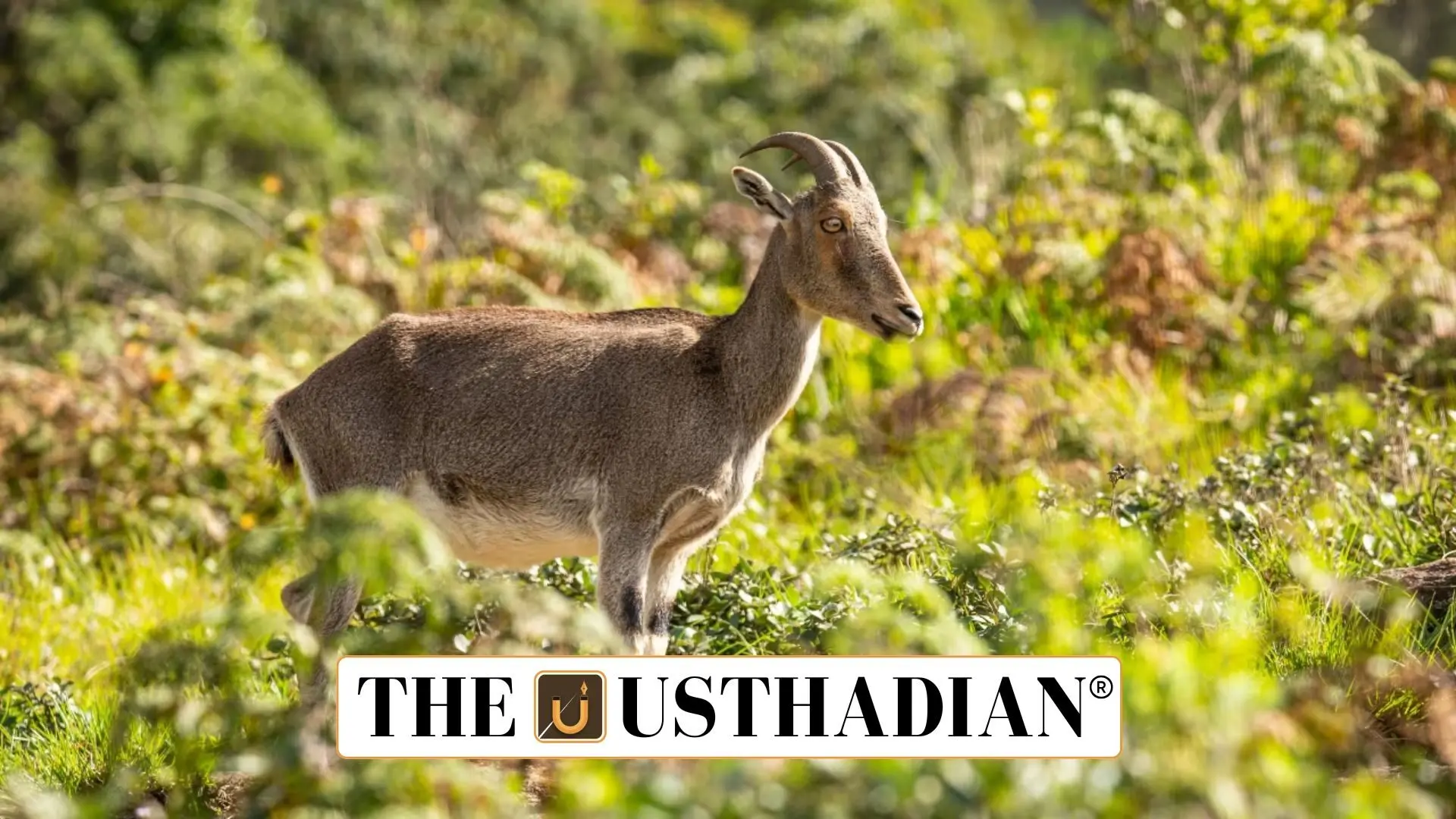Kerala leads in conservation performance
Kerala tops MEE ranking: Kerala has secured a top position in the Management Effectiveness Evaluation (MEE) 2020–2025, sharing the rank with Chandigarh. This evaluation by the Ministry of Environment, Forest and Climate Change (MoEFCC) reviewed 438 protected areas across India.
Kerala achieved a mean score of 76.22%, showcasing strong practices in wildlife sanctuary and national park management. Chandigarh topped with 85.16%.
What MEE evaluation covers?
The MEE framework measures how well protected areas are managed in terms of planning, monitoring, infrastructure, and species conservation. It uses scientific benchmarks to assess management efficiency and biodiversity protection.
Static GK fact: The MEE system was introduced in 2006 under the guidelines of the World Commission on Protected Areas (WCPA).
High-performing national parks
Two protected areas scored the highest:
- Eravikulam National Park (Kerala)
- Dachigam National Park (Jammu & Kashmir)
Both recorded 92.97%, the highest in the country. Additionally, Mathikettan Shola National Park and Chinnar Wildlife Sanctuary from Kerala ranked fifth and sixth, respectively.
Areas needing attention
Not all protected areas performed well.
- Mangalavanam Bird Sanctuary in Kochi showed declining performance due to urban pollution and lack of a clear management plan.
- Idukki Wildlife Sanctuary faced biotic pressure from feral cattle.
- Wayanad Wildlife Sanctuary continued to report man-animal conflicts, mainly due to human encroachment.
Static GK Tip: Wayanad Wildlife Sanctuary is part of the Nilgiri Biosphere Reserve, India’s first biosphere reserve declared under UNESCO’s Man and Biosphere Programme.
Steps recommended for better management
The MEE report recommends:
- Tribal relocation from conflict-prone areas
- Control of invasive species
- Better ecological monitoring
- Strengthening elephant corridors, especially via integration of Chedaleth range with Wayanad Wildlife Sanctuary
These steps aim to address both ecological pressures and human-wildlife interactions.
Spotlight on Eravikulam National Park
Eravikulam is a flagship national park in Kerala. It is the only place where the endangered Nilgiri Tahr can be seen in large numbers.
The park is also famous for the Neelakurinji, a flower that blooms once every 12 years, attracting thousands of visitors. It forms a crucial part of the Shola-grassland ecosystem in the Western Ghats, a UNESCO World Heritage Site.
Static GK fact: The Western Ghats are one of the eight “hottest hotspots” of biodiversity in the world.
Kerala’s roadmap for conservation
To sustain and improve its conservation outcomes, Kerala plans to:
- Develop eco-tourism responsibly
- Promote community involvement in protection efforts
- Partner with research institutes and NGOs to advance conservation science
- Upgrade infrastructure and staff capacity
These initiatives reflect Kerala’s commitment to long-term biodiversity protection.
Static Usthadian Current Affairs Table
Kerala tops MEE ranking:
| Fact | Detail |
| Top MEE scorers | Kerala and Chandigarh |
| MEE period | 2020–2025 |
| Total areas assessed | 438 protected areas |
| Highest rated parks | Eravikulam and Dachigam National Parks |
| Kerala’s mean MEE score | 76.22% |
| Top issue in Mangalavanam | Urban pollution |
| Nilgiri Tahr habitat | Eravikulam National Park |
| Neelakurinji flowering cycle | Once in 12 years |
| Recommended action | Chedaleth range integration with Wayanad |
| Western Ghats recognition | UNESCO World Heritage Site |








